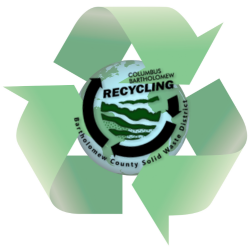Have Fun With Paint
Tips and Tricks:
All of these color experiments suggest using related colors or those in the same color families.
What happens if you mix colors from two or more families? Try it, and see for yourself.
As mentioned previously, you can leave the finished work as a nonrepresentational painting. If you prefer, however, you can develop it further with more paint or other art materials.
In addition, much of the art may suggest realistic objects such as trees or bodies of water. If you wish, you can work the textures into representational paintings.
Because mat board is composed of many layers of paper glued together, it is not recyclable.
You can help save natural resources and landfill space by reusing a mat to frame your work. Your picture framer will probably be willing to share old or slightly damaged mats with you.
Color plays a very important role in our daily lives. It can affect our behavior, how we feel, and even how much energy it takes to heat and cool our homes! Visit the Color Matters Web site to learn more about color.
You Will Need:
© 1996 Marilyn J. Brackney --Volume 1 No. 3--(updated 2025)
Previous Activities
Select this to choose other activities.